Monday is a day off in museums

Tolstoy street
43a
(8422) 41-03-74
 The time from
The time from
09.00-17.00
Thursday from
09.00-21.00
Closed on Mondays
 Senior researcher
Senior researcher
ZUBKOVA
Natalia Lvovna
«THE RUSSIAN ARMY OF THE XVII , ORGANIZATION OF ARMIES, UNIFORMS AND WEAPONS»
«MILLS OF SIMBIRSK»
About museum preserve
In 2000, archaeologists discovered the remains of ancient fortifications, and in 2001 the fragment of the earthworks and was restored and the watchtower was reconstructed by historical analogues. In 2007 there was opened a new exhibition "the Russian army in the seventeenth century. Organization of troops, uniforms and weapons". On the first and second tiers of the tower there is information about the organization of the Russian army in the seventeenth century, in particular, shooting troops, its composition, abundance. Separate information blocks are devoted to arms and armour of riflemen. Rare images providing images of Russian soldiers, weapons, defensive structures and maps are used as illustrative material rom the manuscript album of the Swedish captain Eric Palmquist - military attaché in Russia in 1673-74,
A special section is information about the armament of the Russian army in the XVI - XVII centuries - cold, firearms, artillery. Documentary exposition is supplemented with models of Russian hand weapons, made by masters of the Simbirsk blacksmith's yard "Cramps" - cannon, shield, helmet-Shishak, spears, swords and hammers.
On the third floor of the tower there is information about Russian wooden castle architecture and the construction of defensive structures. Among the cited historical documents there are maps and charts of the XVI-XIX centuries, Royal decrees, diplomas, "memories", reflecting the various stages of construction features.
When making the exposition there were used rare historical documents related to the construction of Belgorod-Simbirsk boarder - unique fortifications that ran for hundreds of miles from the river Vorskla to the Volga river through the city of Belgorod, Voronezh, Kozlov, Tambov, Saransk, Karsun and Simbirsk. Unlike previous boarders, Belgorod-Simbirsk one was built as a long-term facility, which consisted of not only individual boarders and fortresses, but new cities that occurred on the border of Russia and the "Wild field".
On the territory of the historical-architectural complex "Simbirsk boarder", in the premises of the coach-house, built by the famous Simbirsk architect A.A. Shode on the former estate of Baron von Bradtke, there is an exposure of “Mills of Simbirsk". The centerpiece is a working model of a water-mill, similar to the well known mill once stood on the river Sviyaga. Visitors of the new Museum will be able to meet with a long history of development from manual mills grind to trademark steam mills of the early XX century, to learn about the process of making flour, get information about the milling industry in Russia, mills of Simbirsk province and the city of Simbirsk.







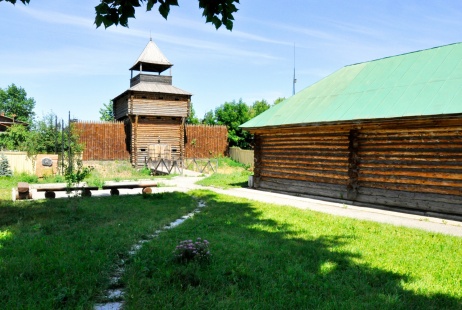
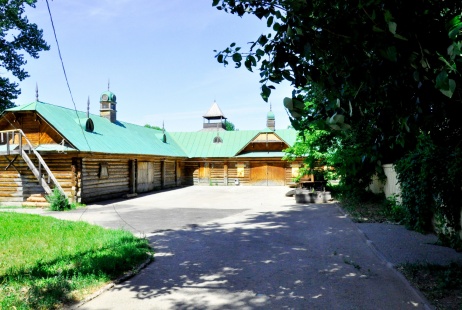
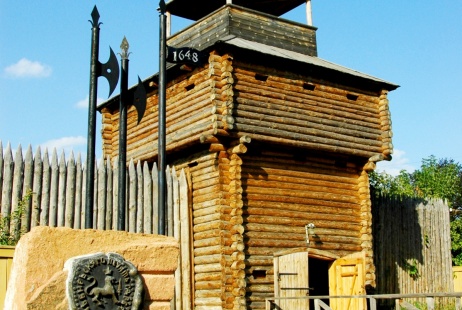
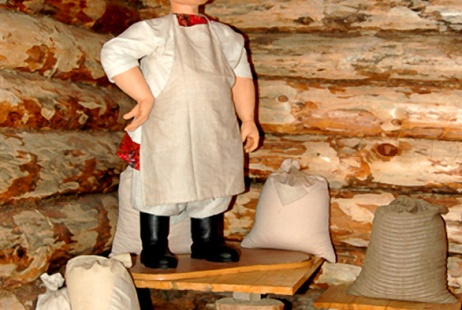
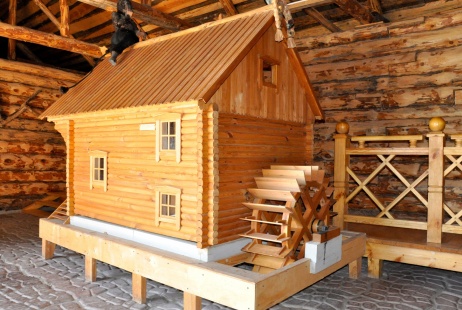
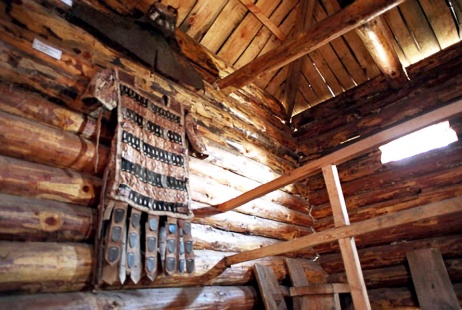
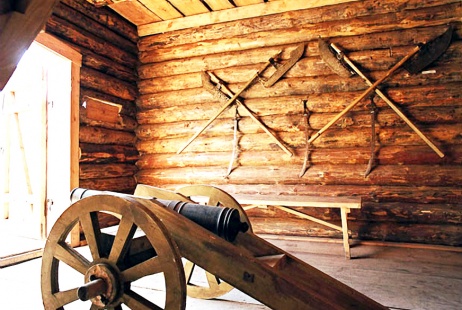
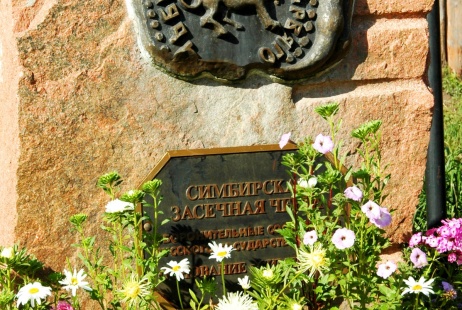
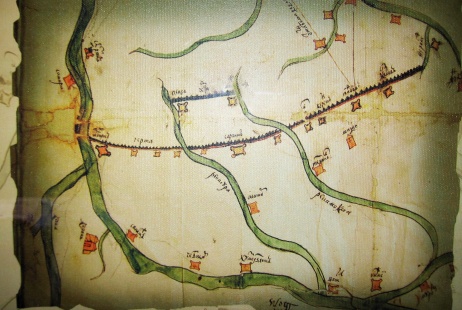









 Tram № 4, 4р, 9 To the station «Zheleznaya Diviziya» on foot 5-10 min.
Tram № 4, 4р, 9 To the station «Zheleznaya Diviziya» on foot 5-10 min. Public taxi bus № 69, 2, 38, 94 To the station «GPI-10» on foot 5-10 min.
Public taxi bus № 69, 2, 38, 94 To the station «GPI-10» on foot 5-10 min.